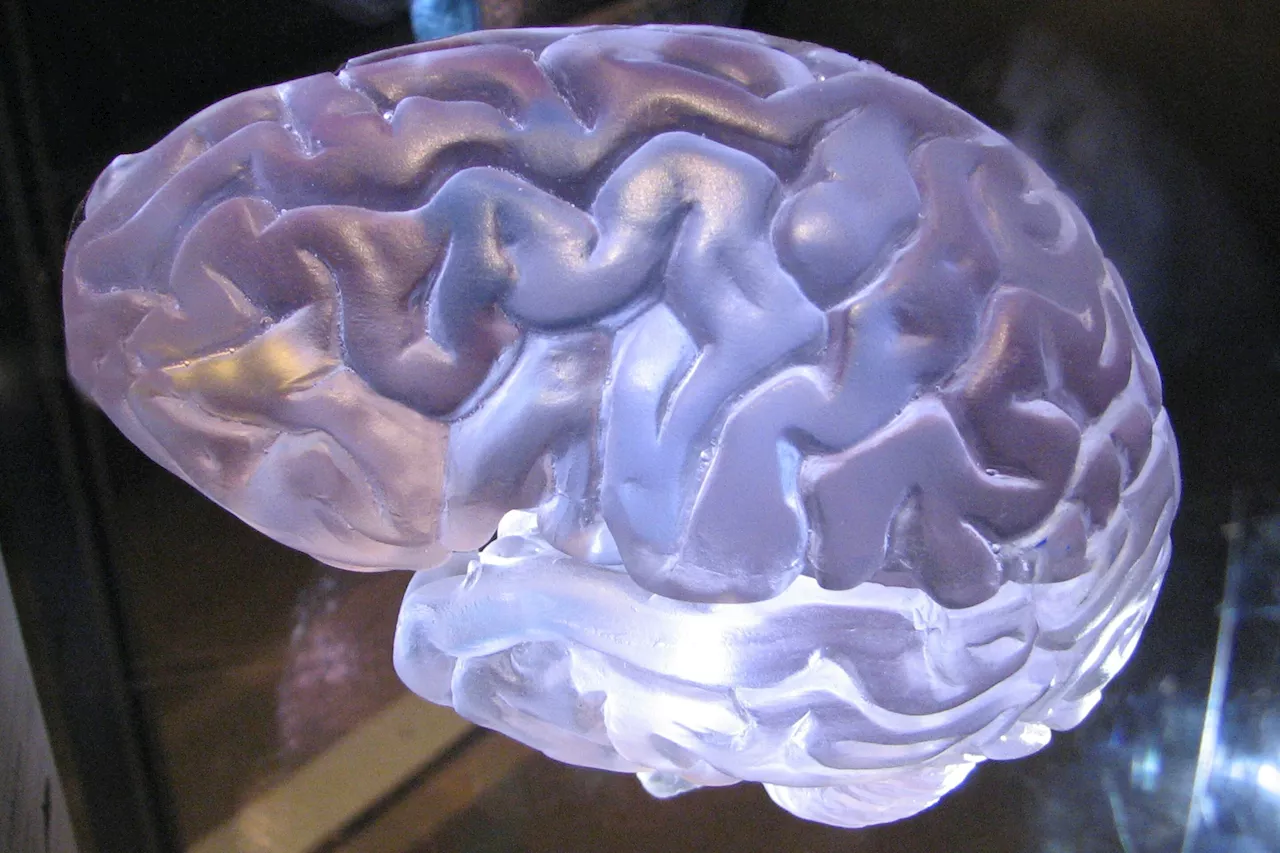Quantum dot labeling advances biological research with unmatched fluorescence stability and multiplex imaging, offering precision and sensitivity in bioimaging applications while addressing biocompatibility challenges.
By Nidhi DhullReviewed by Lexie CornerJul 22 2024 Quantum dots , semiconducting nanoparticles with 1-100 nm size, have emerged as advanced tools in biological research due to their unique optical and physical properties.1,2 These powerful tools allow researchers to explore intricate molecular interactions and cellular processes in living organisms in exceptional detail.
Non-covalent binding, on the other hand, can be hydrophobic or electrostatic between biomolecules and ligands on the QD surface. QDs are often encapsulated in silica or biocompatible polymeric shells, then combined with biomolecules through terminal groups on the shell, improving their biocompatibility and fluorescence stability.1
Related StoriesA recent study in ACS Nano employed QDs as compact immunolabels for microtubule imaging and cell classification by conjugating them with specific antibodies. These QD-antibody conjugates allowed multispectral multiplexing through bright signals in the deep red and infrared and low steric hindrance. The proposed conjugates exhibited high functionality in cytological identification in fixed brain specimens.
QDs, on the other hand, offer high photobleaching-resistant fluorescence , allowing prolonged imaging sessions without signal degradation and providing consistent and high-quality images.1,2 Multi-target detection without signal interference and low background noise to produce stable and reproducible results in different biological environments is another advantage of QDs over traditional dyes.1
QDs also suffer from target-specificity issues. Modifying their ligands can increase target specificity, but this strategy can be problematic for in vivo applications, and minor off-target effects persist.2
United Kingdom Latest News, United Kingdom Headlines
Similar News:You can also read news stories similar to this one that we have collected from other news sources.
 Study: Adding ultra-processing to nutritional labeling system offsets 'health halo' effectMaking simple changes to the Health Star Rating (HSR) system to factor in ultra-processing would lower the high scores currently assigned to many unhealthy foods, according to new research published today in Nutrition and Dietetics.
Study: Adding ultra-processing to nutritional labeling system offsets 'health halo' effectMaking simple changes to the Health Star Rating (HSR) system to factor in ultra-processing would lower the high scores currently assigned to many unhealthy foods, according to new research published today in Nutrition and Dietetics.
Read more »
 UVA advances precision medicine to defeat breast cancer with Komen grantThrough precision medicine, the University of Virginia is working toward a world in which no more pink ribbons are necessary. To that end, Susan G. Komen announced support this summer for the UVA School of Engineering and Applied Science's efforts to apply systems biology research to defeat breast cancer.
UVA advances precision medicine to defeat breast cancer with Komen grantThrough precision medicine, the University of Virginia is working toward a world in which no more pink ribbons are necessary. To that end, Susan G. Komen announced support this summer for the UVA School of Engineering and Applied Science's efforts to apply systems biology research to defeat breast cancer.
Read more »
 New guideline to improve reporting in precision medicine globallyEnsuring the best reporting in precision medicine research and ultimately the best outcome for patients is the goal of a new international guideline, the first of its kind.
New guideline to improve reporting in precision medicine globallyEnsuring the best reporting in precision medicine research and ultimately the best outcome for patients is the goal of a new international guideline, the first of its kind.
Read more »
 Tulane University leads effort in sex-based precision medicine with NIH grantIf a man and a woman each suffer a heart attack, you may assume the symptoms and diagnoses should be the same.
Tulane University leads effort in sex-based precision medicine with NIH grantIf a man and a woman each suffer a heart attack, you may assume the symptoms and diagnoses should be the same.
Read more »
 Breakthrough interactive atlas offers pathway to precision medicine for TBI patientsResearchers at Phoenix's Barrow Neurological Institute and the University of Pittsburgh have created a vast interactive atlas that may eventually help doctors use precision medicine to target treatments for traumatic brain injury (TBI) patients – and could replace the existing uniform treatment model.
Breakthrough interactive atlas offers pathway to precision medicine for TBI patientsResearchers at Phoenix's Barrow Neurological Institute and the University of Pittsburgh have created a vast interactive atlas that may eventually help doctors use precision medicine to target treatments for traumatic brain injury (TBI) patients – and could replace the existing uniform treatment model.
Read more »
 New atlas aims to replace uniform traumatic brain injury treatment with precision medicineResearchers at Phoenix's Barrow Neurological Institute and the University of Pittsburgh have created a vast interactive atlas that may eventually help doctors use precision medicine to target treatments for traumatic brain injury (TBI) patients—and could replace the existing uniform treatment model. The research is published in the journal Neuron.
New atlas aims to replace uniform traumatic brain injury treatment with precision medicineResearchers at Phoenix's Barrow Neurological Institute and the University of Pittsburgh have created a vast interactive atlas that may eventually help doctors use precision medicine to target treatments for traumatic brain injury (TBI) patients—and could replace the existing uniform treatment model. The research is published in the journal Neuron.
Read more »
